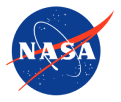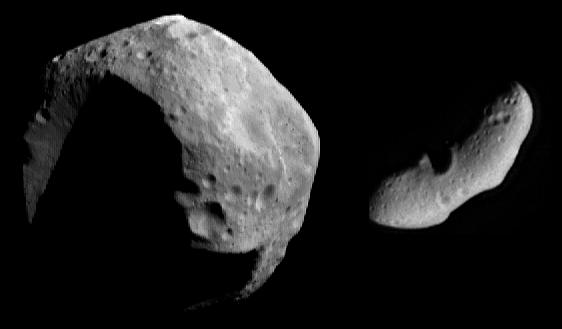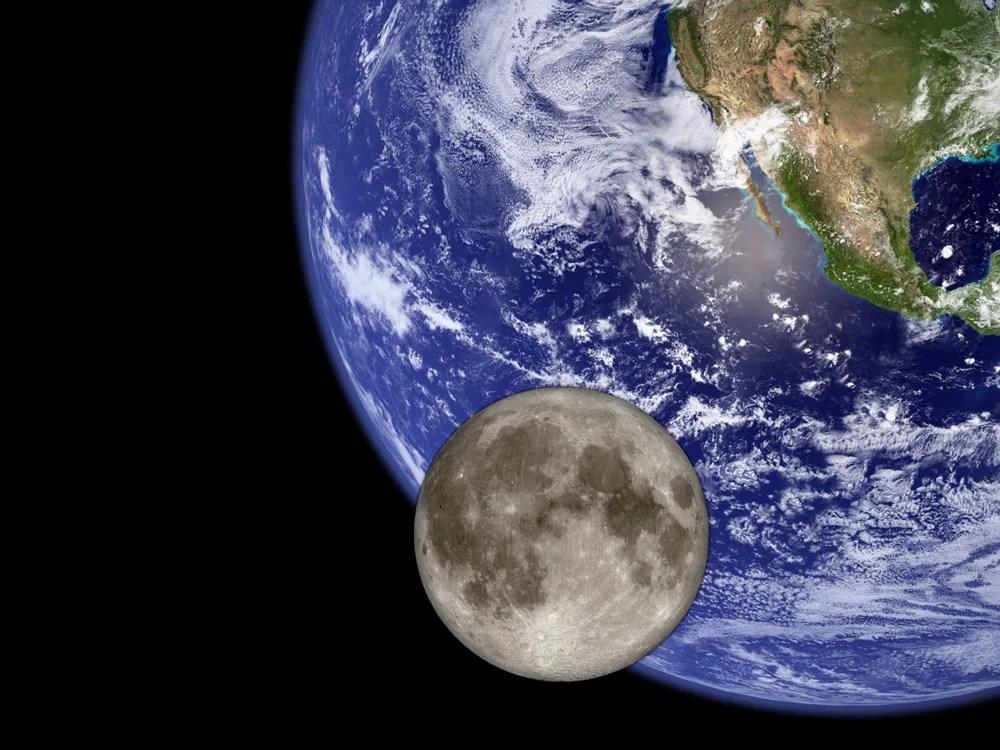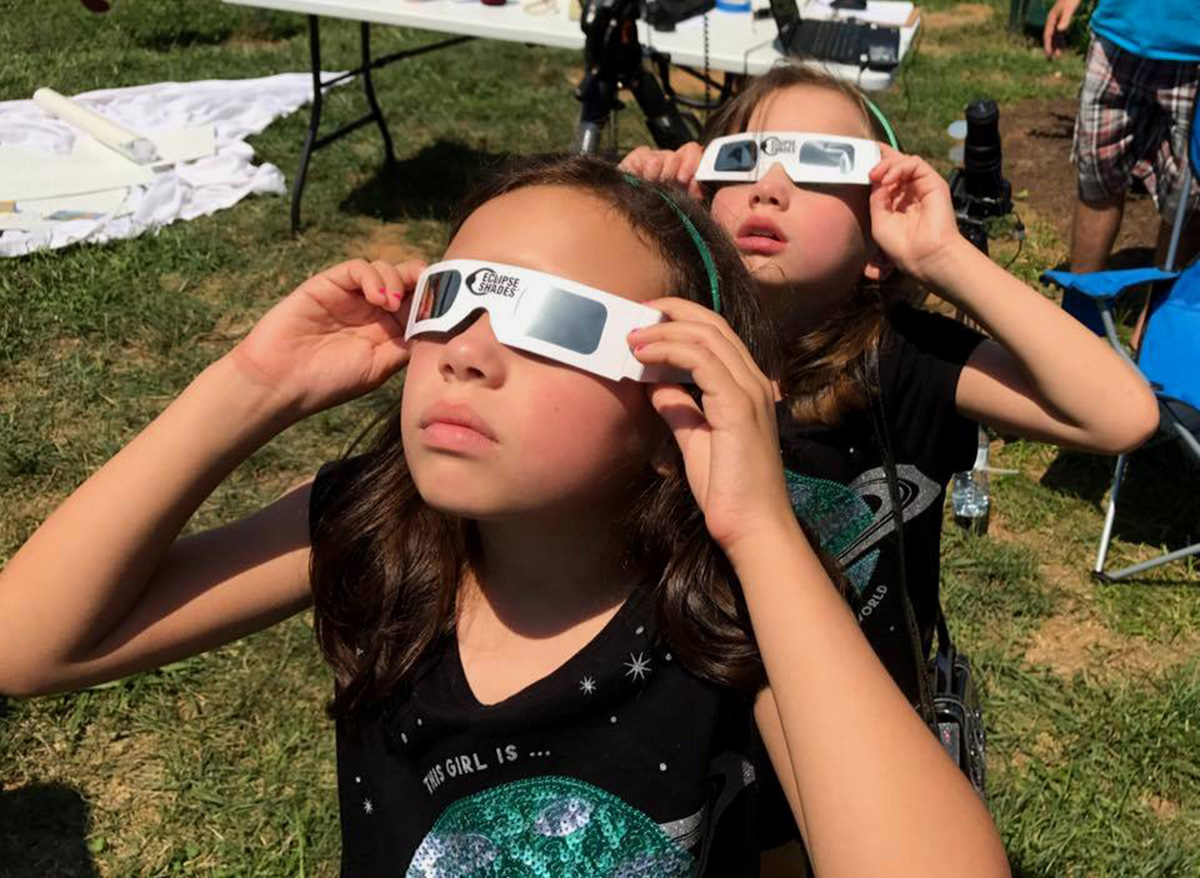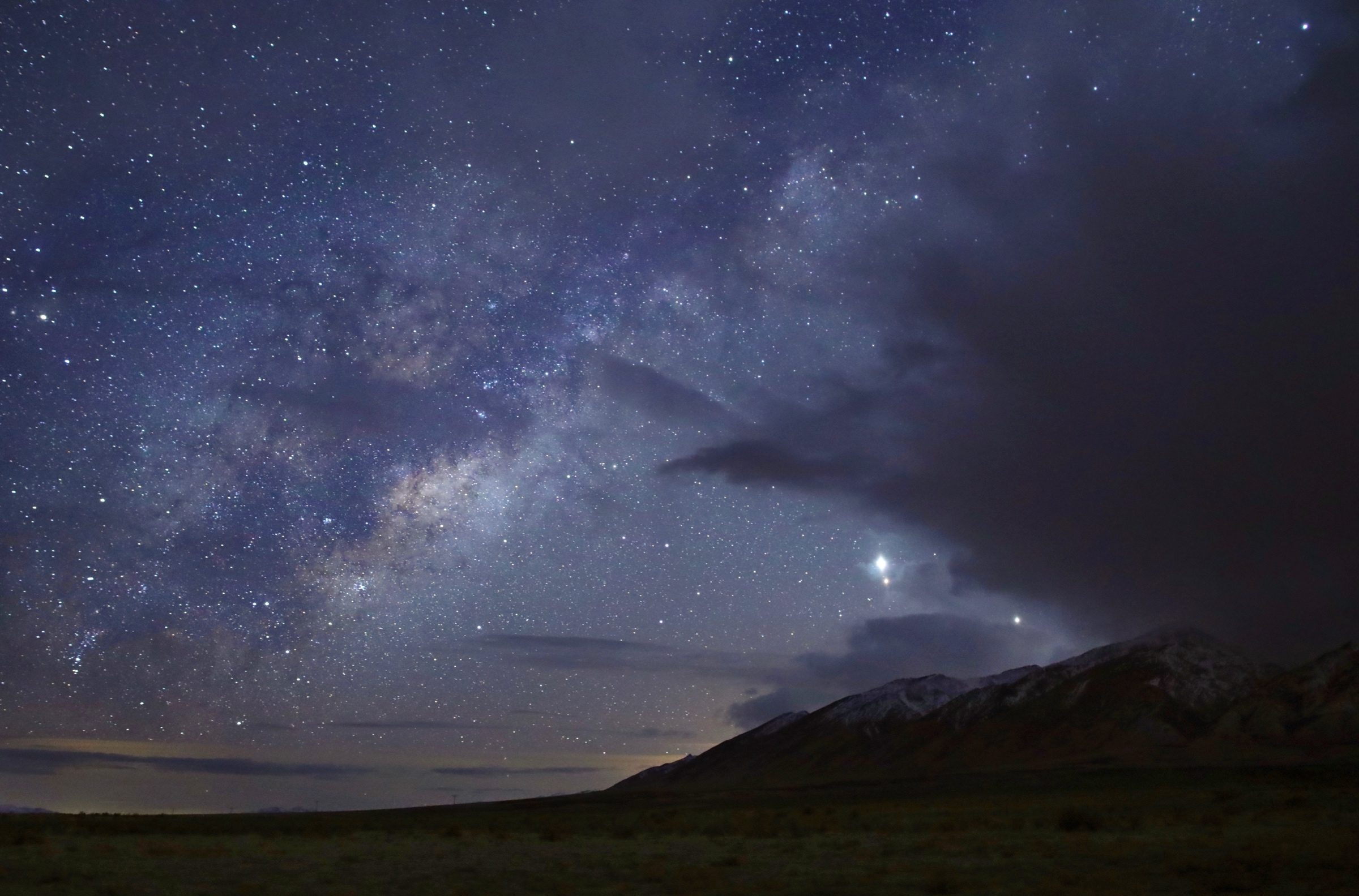
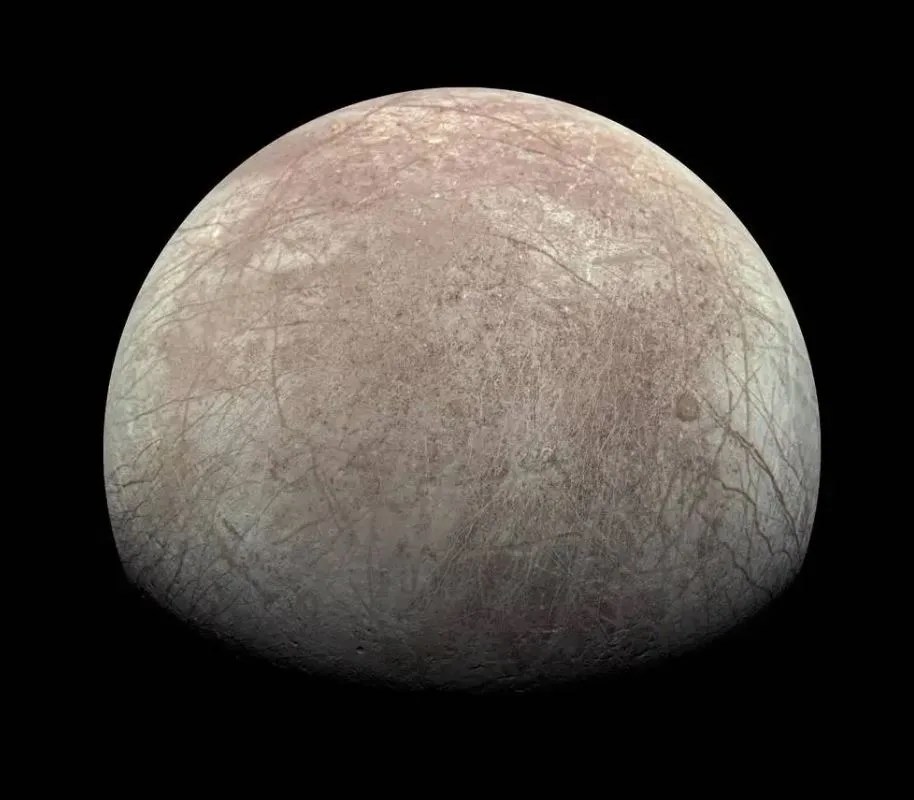
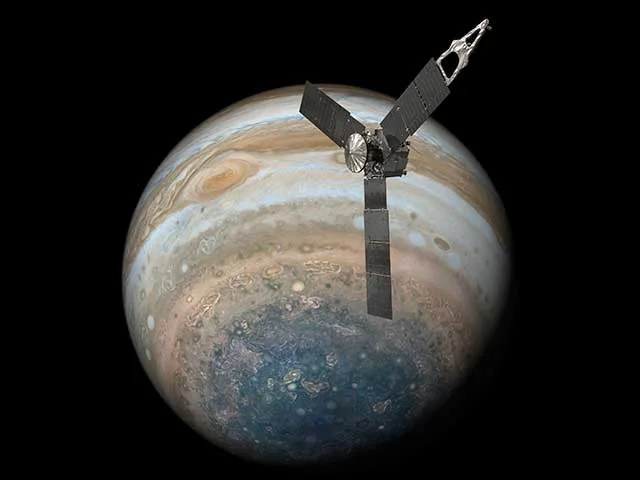
Planetary Data Ecosystem
NASA and CHORUS have signed a participation agreement to expand public access to the results of NASA-funded research. Publications available in CHORUS comply with NASA policy with no further action required by researchers.
What is the Planetary Data Ecosystem?
NASA defined the Planetary Data Ecosystem (PDE) as the ad hoc connected framework of activities and products that are built upon and support the data collected by planetary space missions and research programs, which primarily are NASA funded.
The PDE IRB further elaborated on this concept by enumerating the types of information in the PDE and the communities involved.
- Data returned from space missions and ground-based facilities, including observational data, telemetry and other engineering data, samples, and mission planning documents
- Data generated by research and analysis projects, including observational data analysis, theoretical research, laboratory results, and Earth analog site field tests
- Data generated by citizen scientists, including participants in observation campaigns, contributors to collaborative citizen-science services, and space enthusiasts
- Standards for planetary science data and metadata
- Software including data processing pipelines, analysis tools, search and browse tools, display tools, and simulation tools
- Publications, including articles, books, conference abstracts, reports, posters, and presentations
- Education and communication products, including value-added products from missions and facilities (websites, captioned photos, etc.), educational materials, recordings of outreach events, products generated for the media, and unpublished photo and video documentary material gathered for public engagement purposes.
The communities include:
- Personnel from NASA and other space agencies (themselves containing many different stakeholder groups)
- Mission and ground-based facility personnel
- Science researchers, technology innovators, software developers, media professionals, historians, artists, and others who use planetary data in a professional capacity
- Amateurs, enthusiasts, and hobbyists
- Educators, students at all age levels, and parents of students, in both formal and informal education environments.
Incomplete History of the PDE
1963 – USGS Astrogeology Science Center established
1966 – NASA Space Science Data Coordinated Archive (NSSDCA) established
1977 – NASA Regional Planetary Image Facilities (RPIFs) established (sunset in 2020)
1982 – National Academy of Sciences Committee on Data Management and Computation (CODMAC) chartered
1985 – NASA’s Advanced Multi-Mission Operations System (AMMOS) initially developed
1989 – NASA Planetary Data System (PDS) established
1998 – NASA Center for Near Earth Object Studies (CNEOS)* established
1998- NASA Data Analysis Program (e.g. DDAP, MDAP) established
2014 – NASA Planetary Data Archiving, Restoration, and Tools (PDART) program created
2014 – Mapping and Planetary Spatial Infrastructure Team (MAPSIT) established
2016 – Idea of Planetary Data Environment/Ecosystem starts to take hold at NASA HQ
2021 – Planetary Data Ecosystem (PDE) Independent Review Board (IRB) report
*Formerly Near-Earth Object Observations Programs (NEOO)
For general inquiries, please contact hq-pde@mail.nasa.gov.
PDE Websites

Astrophysics Data System (ADS)
The SAO/NASA Astrophysics Data System (ADS) is a digital library portal for researchers in astronomy and physics.
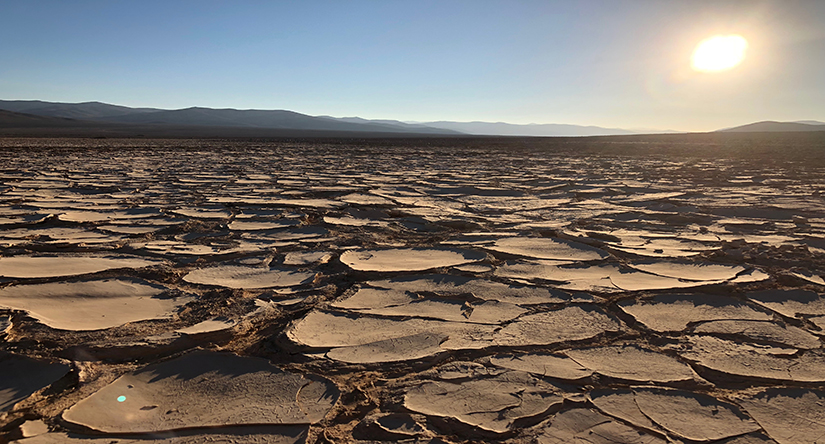
Astrobiology Habitable Environments Database (AHED)
The Astrobiology Habitable Environments Database (AHED) is being developed as a long-term, open-access repository for astrobiology data.

Advanced Multi-Missions Operation System (AMMOS)
The Advanced Multi-Mission Operations System (AMMOS) is a set of mission operations and data processing capabilities utilized by more than 50 robotic missions.

Astromaterials Data System (Astromat)
The Astromaterials Data System (Astromat) is a comprehensive data infrastructure to access, publish, and preserve laboratory analytical data generated on astromaterials samples.
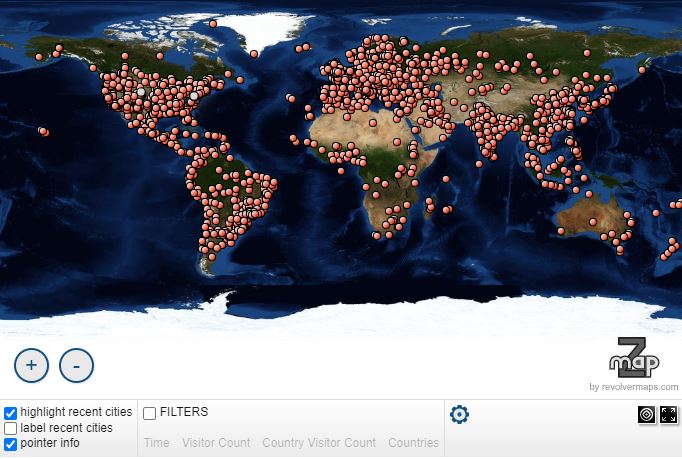
Autoplot
Autoplot is an interactive browser for data on the web to allow quick and interactive browsing of data and metadata files.
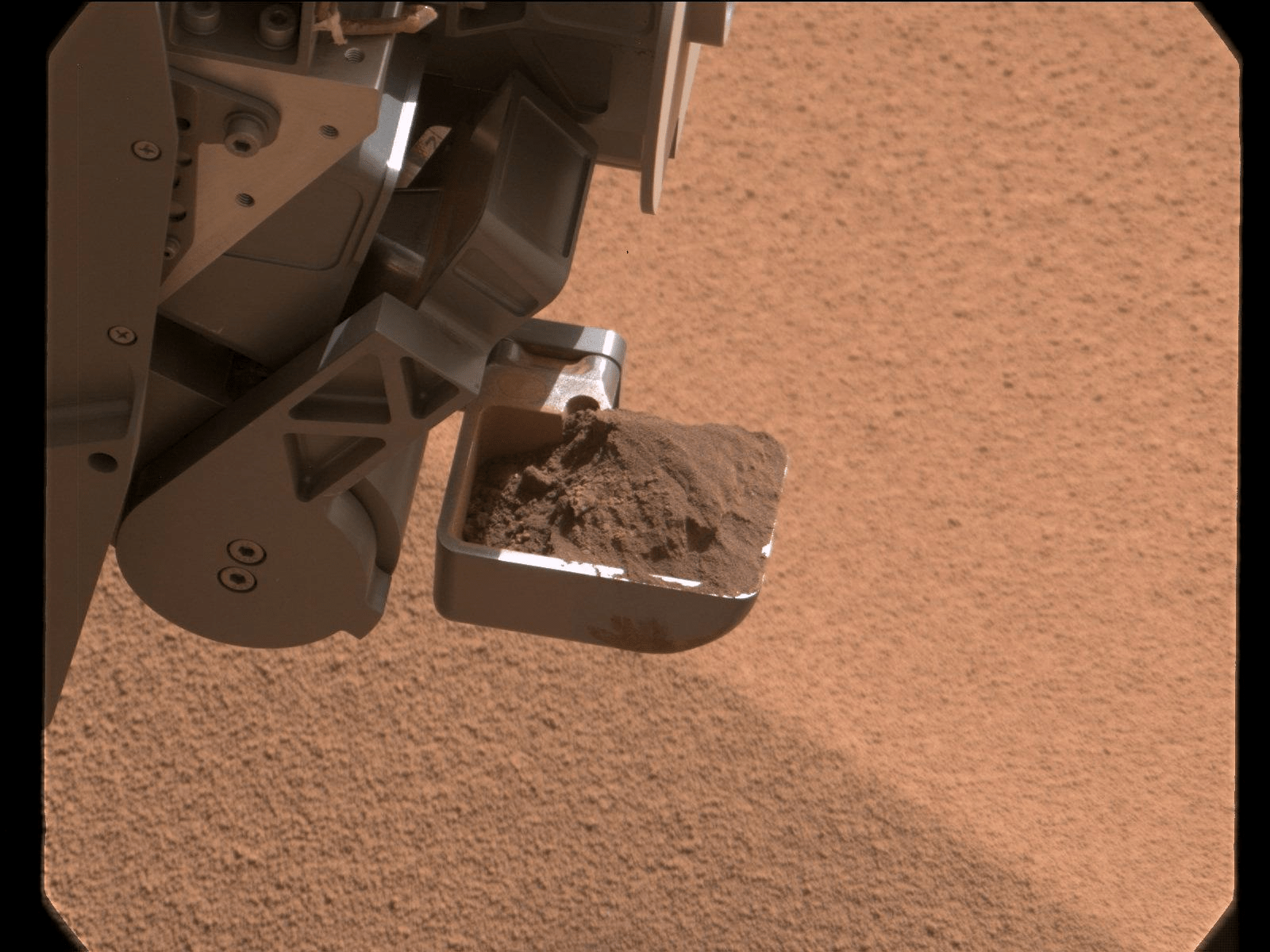
CheMin Database
The CheMin database is a living repository of CheMin and related Mars Science Laboratory Mission data.
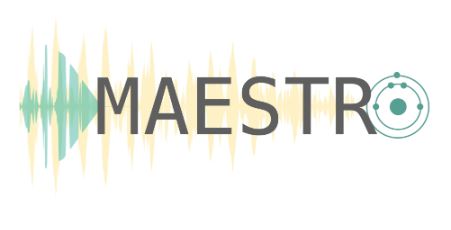
The Exoplanet Opacity Database
The MAESTRO (Molecules and Atoms in Exoplanet Science: Tools and Resources for Opacities) database is an opacity service that can be accessed by the community via a web interface.
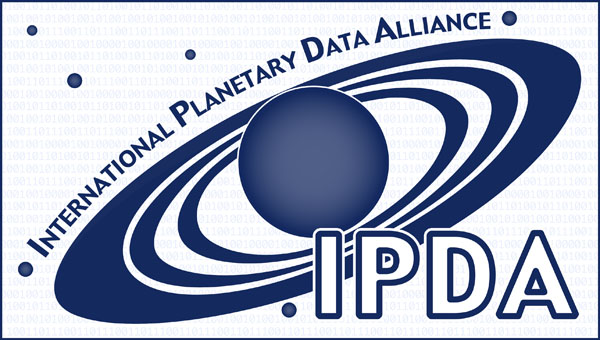
International Planetary Data Alliance (IPDA)
The International Planetary Data Alliance (IPDA) is a cooperating partnership to maintain the quality and performance of data (including data formats) from planetary research using instruments in space.

Java Mission-planning and Analysis for Remote Sensing (JMARS)
Java Mission-planning and Analysis for Remote Sensing (JMARS) is a geospatial information system developed to provide mission planning and data-analysis tools to NASA scientists, instrument team members, students, and the public.

JPL Horizons System
The JPL Horizons on-line solar system data and ephemeris computation service provides access to key solar system data and flexible production of highly accurate ephemerides for solar system objects .
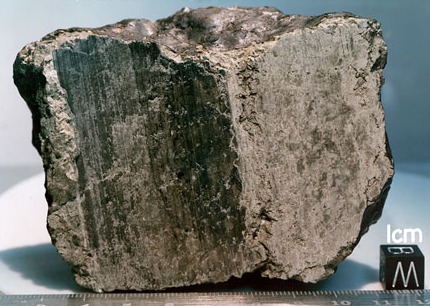
JSC Curation Online Catalogs
The Astromaterials Acquisition and Curation Office, part of the Astromaterials Research and Exploration Science (ARES) Division, is responsible for the curation of extraterrestrial samples from NASA's past and future sample return missions.
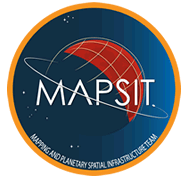
Mapping and Planetary Spatial Infrastructure Team (MAPSIT)
The mission of the Mapping and Planetary Spatial Infrastructure Team (MAPSIT) is to ensure that planetary data are usable for any purpose, now and in the future.
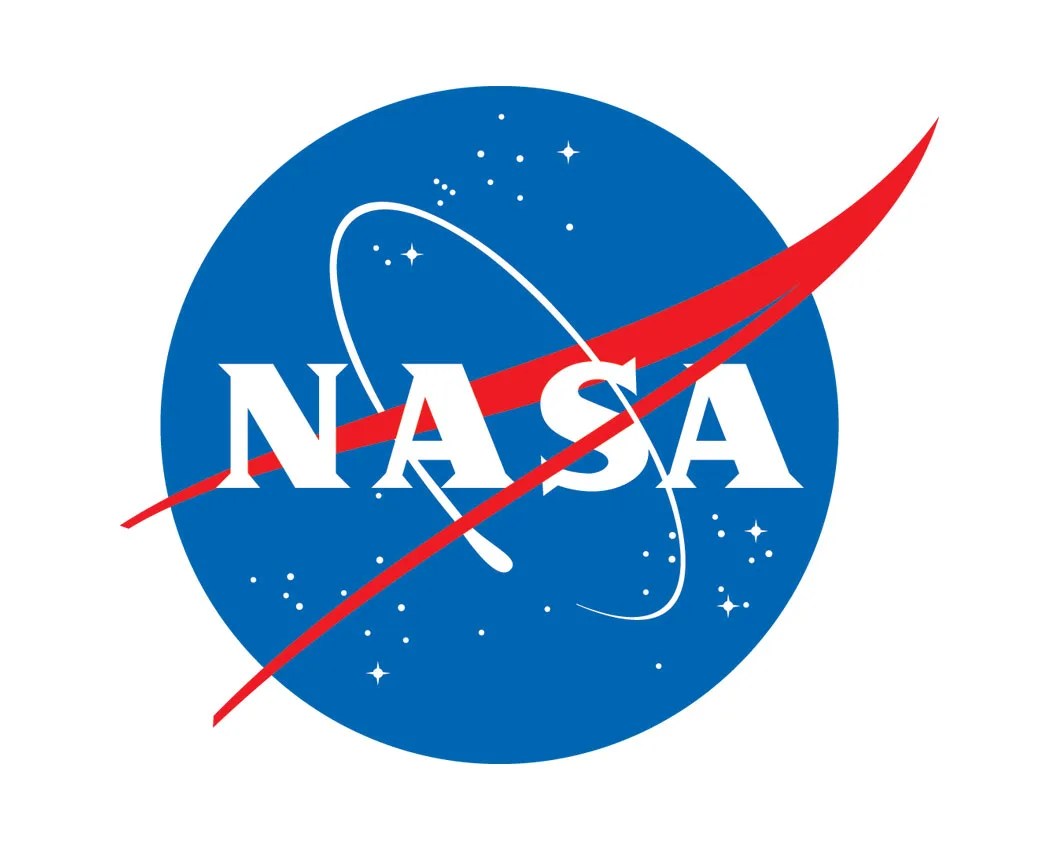
NASA GitHub
This GitHub organization is intended to publicly host NASA code that has been SRA-approved for open source.
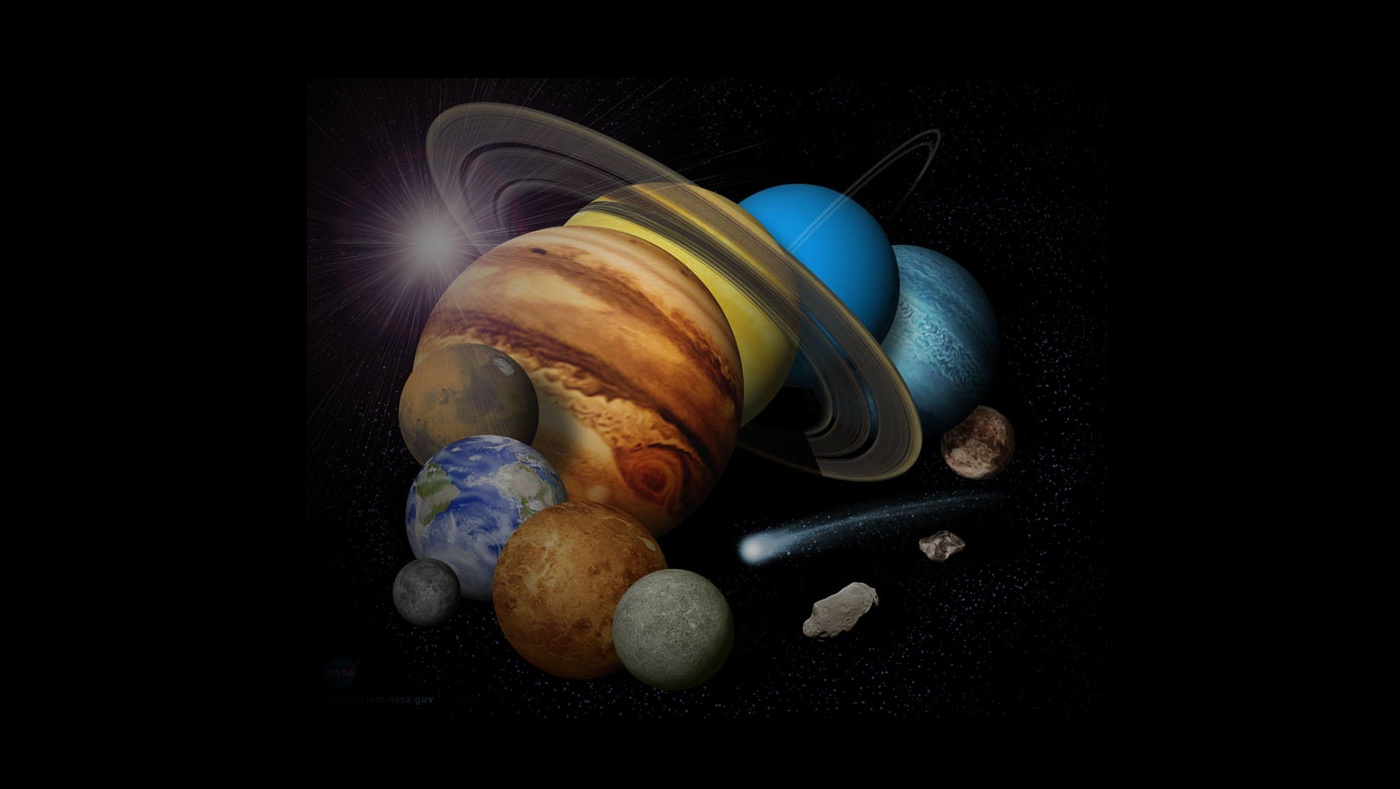
NASA Planetary GitHub
The NASA Planetary Science GitHub is the recommended repository for software developed through research projects funded by NASA's Planetary Science Division (PSD) within its Science Mission Directorate (SMD), especially research projects under ROSES Appendix C.1.
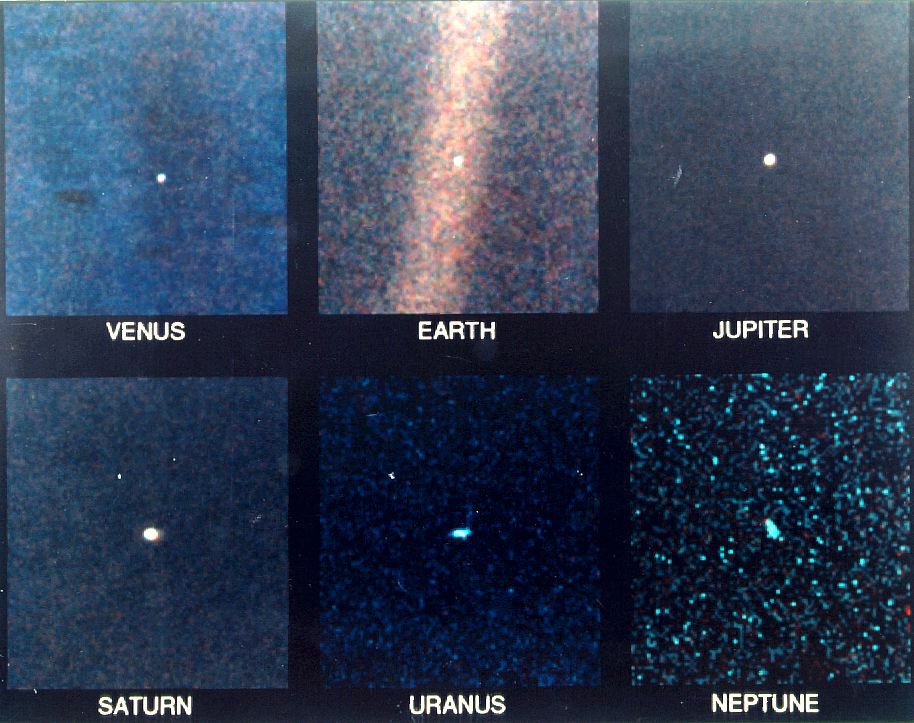
NASA Space Science Data Coordinated Archive (NSSDCA)
The NASA Space Science Data Coordinated Archive (NSSDCA) provides multidiscipline archive services, including an analog and digital archive from past NASA space science missions along with directories, catalogs, and access to widely distributed science data resources.
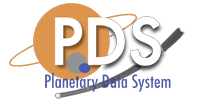
Planetary Data System (PDS)
The Planetary Data System (PDS) is a long-term archive of digital data products returned from NASA's planetary missions, and from other kinds of flight and ground-based data acquisitions, including laboratory experiments.

NASA/USGS Planetary Geologic Mapping Program
The Planetary Geologic Mapping Program serves the international scientific community through the production of high-quality standardized geologic maps of planetary bodies and by providing support for planetary science and mapping efforts.
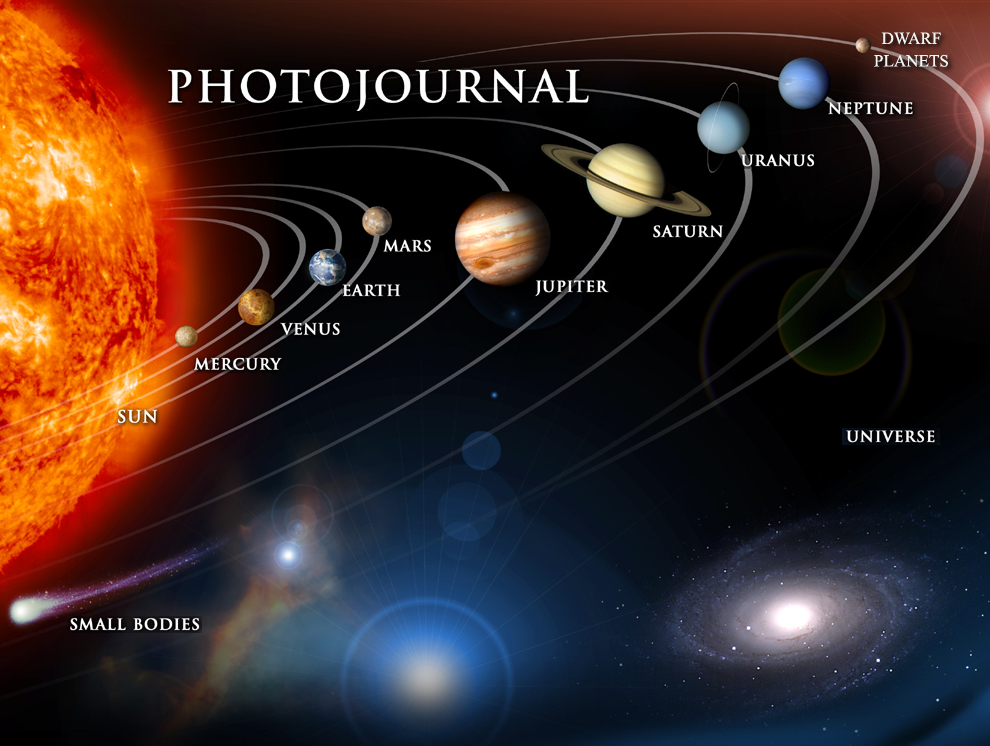
Planetary Photojournal
The Photojournal is an interface to the Planetary Image Archive (PIA) within the Planetary Data System Imaging Node, providing an entry point to thousands of publicly available high-resolution images and accompanying products from data returned by JPL missions.

Planetary Science Informatics and Data Analytics (PSIDA)
The PSIDA conference provides a forum to discuss approaches, challenges, and applications of informatics and data analytics technologies and capabilities in planetary science.
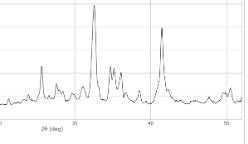
QAnalyze
QAnalyze is an automated cloud-based application for quantitative analysis of mineral samples using X-ray diffraction (XRD) data.
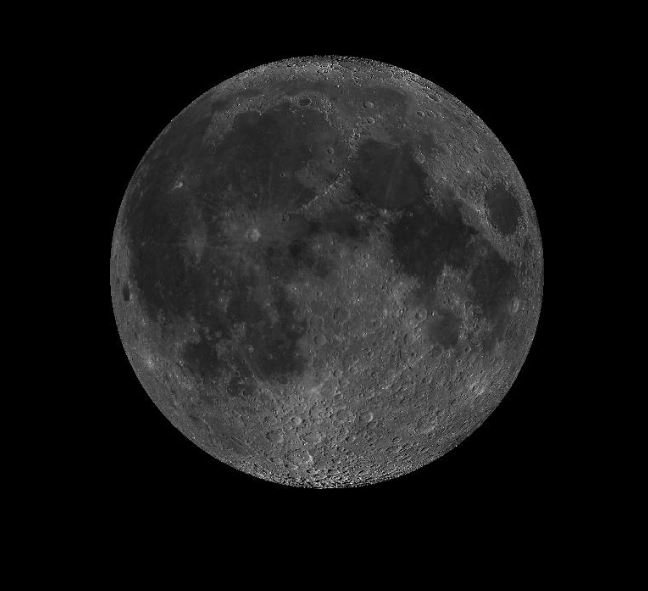

Regional Planetary Image Facility (RPIF) Network
The Regional Planetary Image Facility (RPIF) Network is an international network of planetary image and data centers hosted by different institutions.
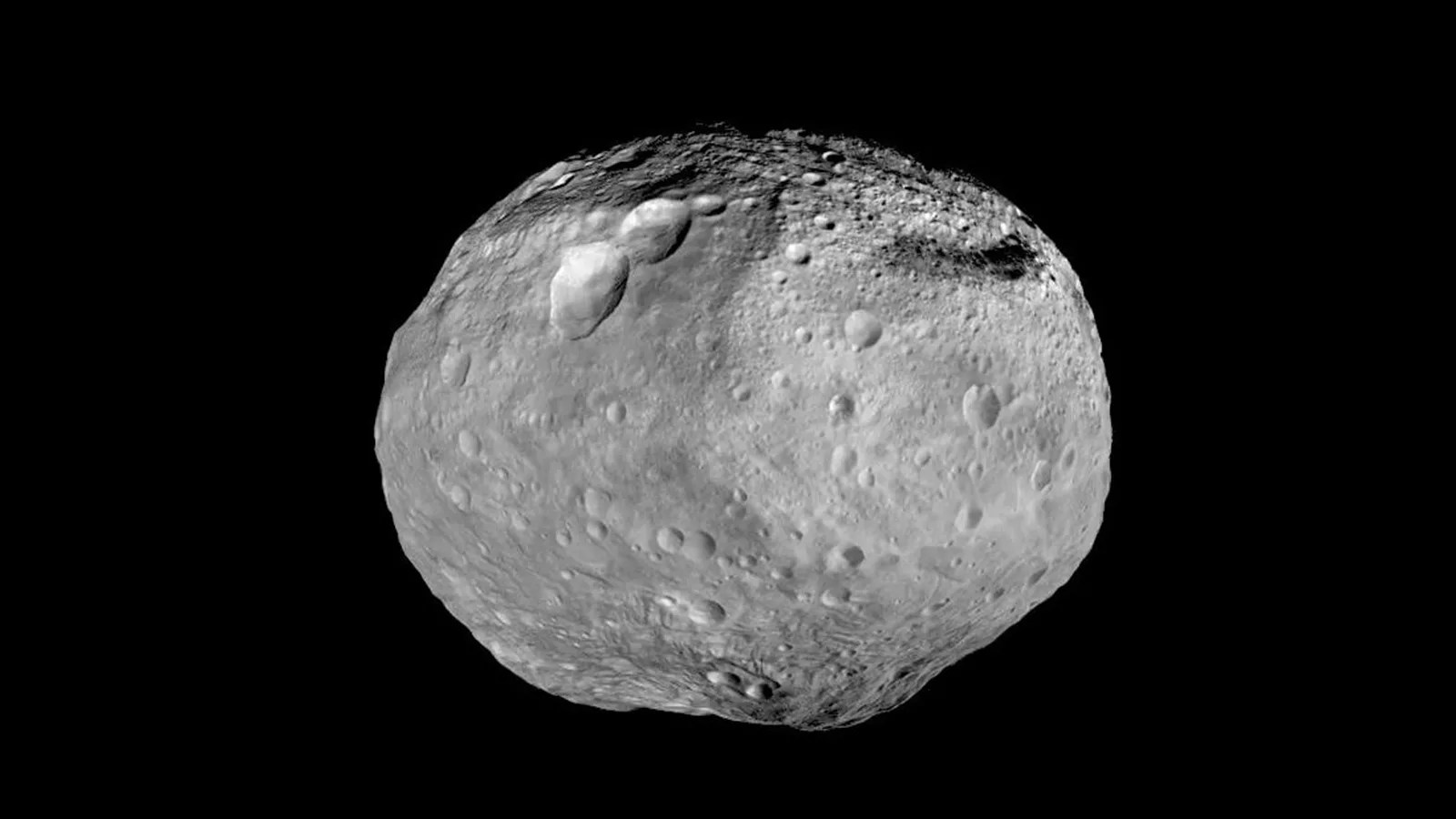
Small Body Mapping Tool (SBMT)
The Small Body Mapping Tool (SBMT) is an interactive tool that allows users to visualize and manipulate small body shape models in three dimensions.
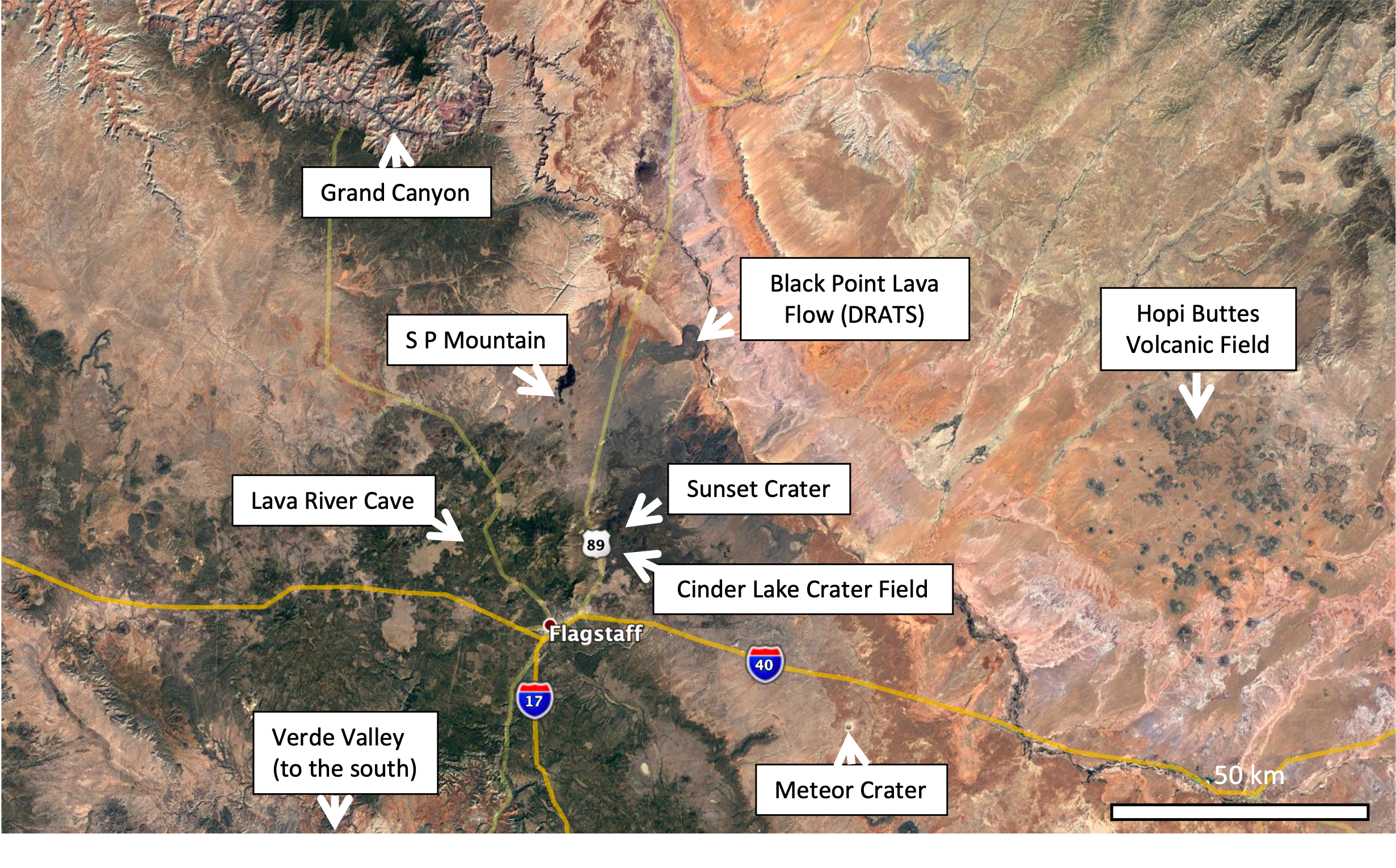
Terrestrial Analogs for Research and Geologic Exploration Training (TARGET)
The U. S. Geological Survey (USGS) Astrogeology Science Center (ASC) built the Terrestrial Analogs for Research and Geologic Exploration Training (TARGET) program around the recognition that Earth is a fundamental training ground for human and robotic planetary exploration,
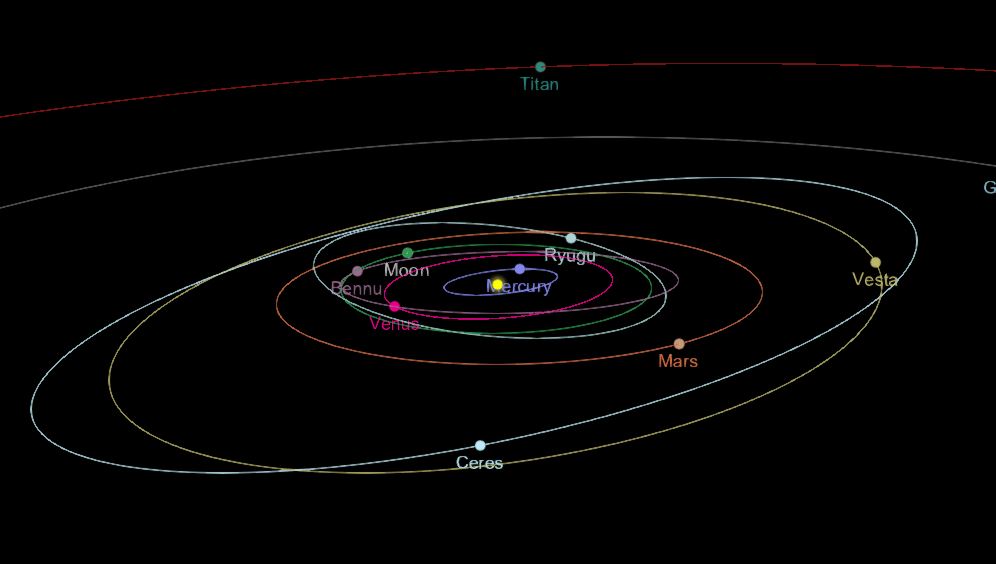
NASA Solar System Treks
The Solar System Treks are online, browser-based portals that allow you to visualize, explore, and analyze the surfaces of other worlds using real data returned from a growing fleet of spacecraft.
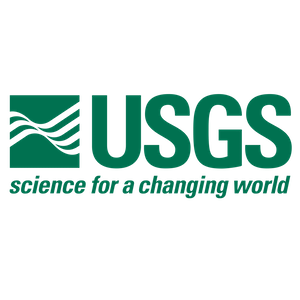
USGS Integrated Software for Imagers and Spectrometers (ISIS)
Integrated Software for Imagers and Spectrometers (ISIS) is free and open-source software tool for processing raw archival data into analysis ready products with the ability to place different types of data in the correct cartographic locations on extraterrestrial bodies.

USGS Astrogeology Planetary Photogrammetry Lab
The U.S. Geological Survey (USGS) Astrogeology Planetary Photogrammetry Lab offers a Digital Terrain Model (DTM) and orthorectified image production service to the scientific community to supply NASA-selected investigators with high-quality HiRISE DTMs and orthorectified HiRISE images.
